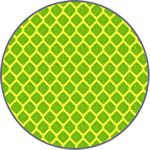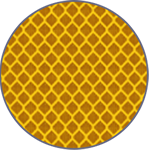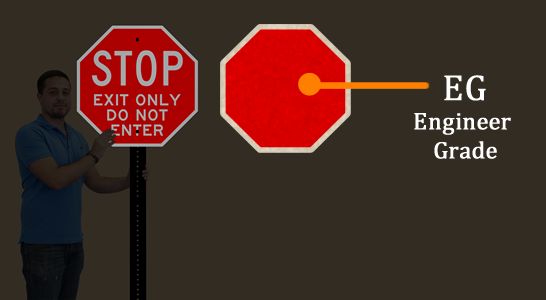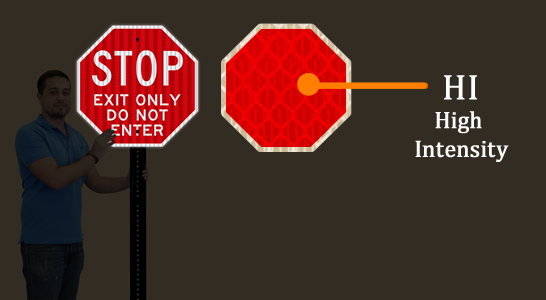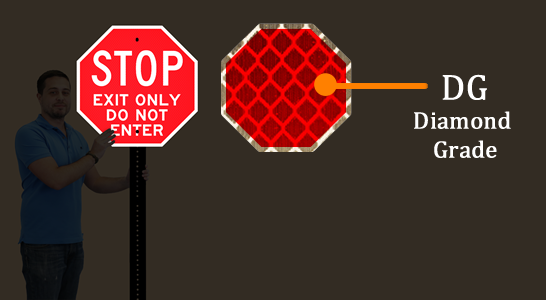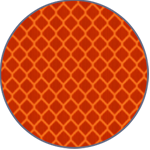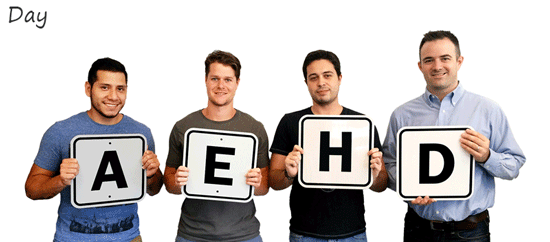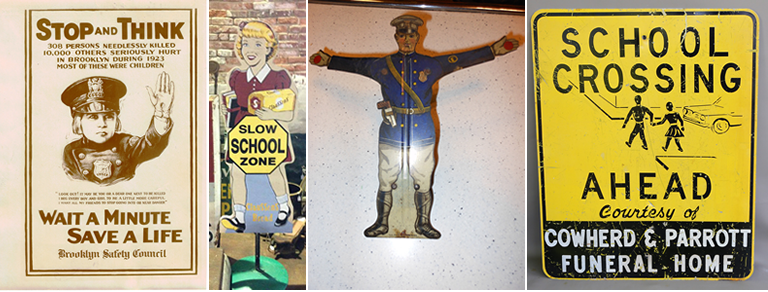A.
A sign’s color has an immediate impact on how your read the sign’s message. Below are some of the most common traffic sign color meanings. For more information on the meaning of traffic sign colors,
click here
Traffic Signs
Red:
Stop, Do Not Enter, Wrong Way, Caution, Yield, No Parking
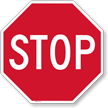
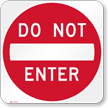



Orange:
Road Construction, Slow, Detour, People at Work
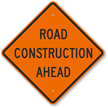
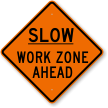

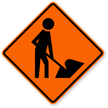
Yellow:
Hazardous Areas, School and Pedestrian Crossing, Supplemental Speed Limit, Striped Chevrons, Turn Signs



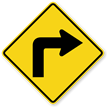
Green:
Reserved Parking, Go Ahead, Bike Lanes, Street Signs, Directions, Distances to a Destination




Blue:
Hospital, Parking Directions, Ice Alert, Disabled Parking

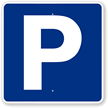


Black on White:
Speed Limit, Regulatory

 Safety and Property Signs
Safety and Property SignsRed:
Danger, Exits, Alarms, Do Not Enter,




Orange:
Warning, Biohazard


Yellow:
Caution, Wet Floor, Hazardous Areas

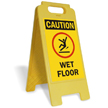

Green:
Recycle Instructions, Safety First
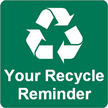

Blue:
Safety Notices, Restrooms, Hygiene Instructions



